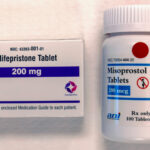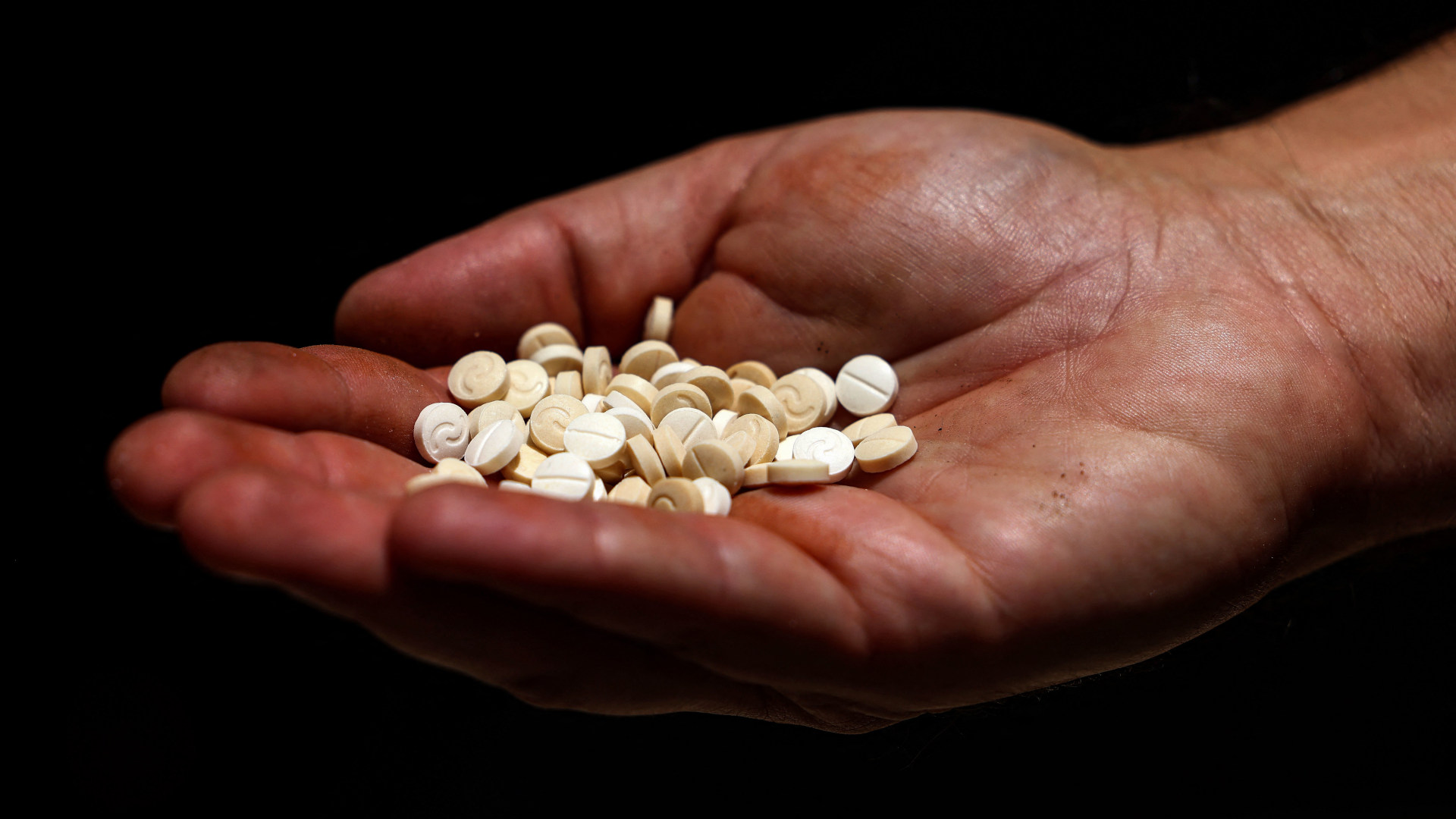The opioid crisis continues to rage across the U.S., but there are some positive, if modest, signs that it may be slowing. Overdose deaths due to opioids are flattening in many places and dropping in others, awareness of the dangers of opioid abuse continues to increase, and more than $50 billion in opioid settlement funds are finally making their way to state and local governments after years of delay. There is still much work to be done, but all public health emergencies eventually subside. Then what?
First, it’s important to realize that synthetic opioids like fentanyl will never fully disappear from the drug supply. They are too potent, too addictive, and perhaps most importantly, too lucrative. Opioids, like Covid-19, are here to stay, consistently circulating in the community but at more manageable levels.
More alarming is what may take its place. Since 2010, overdoses involving both stimulants and fentanyl have increased 50-fold. Experts suggest this dramatic rise in polysubstance use represents a “fourth wave” in the opioid crisis, but what if it is really the start of a new wave of an emerging stimulant crisis?
Substance abuse tends to move in cycles. Periods with high rates of depressant drug use (like opioids) are almost always followed by ones with high rates of stimulant drug use (like methamphetamine and cocaine), and vice versa. The heroin crisis of the 1960s and 1970s was followed by the crack epidemic of the 1980s and 1990s, which gave way to the current opioid epidemic. As the think tank scholar Charles Fain Lehman quipped, “As with fashion, so with drugs — whatever the last generation did, the next generation tends to abhor.” The difference now is the primacy of synthetic drugs — that is, illicit substances created in a lab that are designed to mimic the effects of naturally occurring drugs.
Today, anyone with a few thousand dollars and internet access can find instructions to build their own little drug empire. Look no further than “Breaking Bad,” the hit television series in which a high school chemistry teacher starts cooking high-quality methamphetamine out of an RV to help provide for his family. “Breaking Bad” is of course a work of fiction, but in the age of synthetic drugs, the plotline is not that far-fetched.
Back in the real world, methamphetamine has already become a significant threat. From 2015 to 2019, overdose deaths attributed to methamphetamine nearly tripled, according to a study by the National Institute on Drug Abuse, a staggering increase driven primarily by its combination with fentanyl. And yet, even with methamphetamine’s use on the rise, it still trails America’s favorite illicit stimulant drug — cocaine — by a significant margin. In the latest National Survey on Drug Use and Health, more than twice as many adults aged 18 or older reported using cocaine over methamphetamine in their lifetime.
In the last decade alone, illicit drug chemists have synthesized more than 1,200 new psychoactive substances.
Cocaine holds a special place in American pop culture. Long considered a party drug, cocaine has often been associated with celebrities, lawyers, and so-called finance bros, and its sale and use has been romanticized in music, TV, and cinema. The sad reality is that for the year preceding April 2023, more than 27,000 Americans died while using cocaine, according to provisional statistics from the U.S. Centers for Disease Control and Prevention. It is indeed a hell of a drug.
But its days may be numbered.
The vast majority of cocaine is currently produced in three countries in the world — Colombia, Peru, and Bolivia — primarily due to a favorable climate and a cultural affinity for the coca plant from which cocaine is derived. But what if, instead of being produced in the jungles of South America, cocaine — or something like it — could be manufactured anywhere?
This is not a new idea. In the last decade alone, illicit drug chemists have synthesized more than 1,200 new psychoactive substances, or NPS, also known as designer drugs or research chemicals, in search of a better high. So far, none of these lab-made drugs have threatened to unseat cocaine, but with advances in artificial intelligence, synthetic biology, and biotechnology, it is only a matter of time until some enterprising chemist strikes white gold.
Officials in Europe recently sounded the alarm about counterfeit Captagon, an amphetamine-like drug that produces many of the same physiological effects as cocaine. Often referred to as “poor man’s cocaine,” Captagon is already wildly popular in the Middle East where it sells for as little as $3 per pill and fuels the Gulf states’ party scene.
Captagon is the trade name for fenethylline, a chemical compound related to natural neurotransmitters like dopamine and epinephrine. It was first developed in the 1960s to treat attention deficit hyperactivity disorder, narcolepsy, and depression, but was later banned worldwide due to its high potential for abuse. Although still referred to as Captagon, virtually all the pills seized today are counterfeit and comprised of a hodge-podge of dangerous substances, including fenethylline, amphetamine, methamphetamine, and even caffeine.
In this way, Captagon is a lot like the counterfeit oxycodone pills flooding the U.S. drug market: They are advertised as one drug but contain another. And because they come in pill form, they are more approachable to the average drug consumer, who tend to associate pills with legitimate prescription medications.
While most drug overdose deaths are currently attributed to synthetic opioids like fentanyl, cocaine and methamphetamine carry significant risks of their own. Stimulants place extreme strain on the body’s regulatory and cardiovascular system and increase the risk of heart attack, stroke, or death. And unlike opioids, there is no miracle overdose reversal drug like naloxone — which was recently made available over the counter in the U.S. — or medication-assisted treatments for stimulant use disorders.
Captagon is already wildly popular in the Middle East where it sells for as little as $3 per pill and fuels the Gulf states’ party scene.
Interestingly, late last year the U.S. Drug Enforcement Administration did not increase the annual production quotas for several amphetamine-based prescription medications, including Adderall and Ritalin, although drugmakers had raised concerns about ongoing shortages. The agency’s response was due partly to concerns that aggressive marketing of these drugs could spark the next crisis. Recent studies suggest the use of ADHD medication by young adults does not necessarily lead to the use of illicit drugs in the future, but if shortages persist, will users turn to the black market as they did with prescription opioids?
The illicit drug trade is surprisingly regional, and preferences come and go. Just because a substance is popular in one region of the world doesn’t mean it will inevitably become popular in another. But Captagon displays all the hallmarks of the next big thing for the American public. Like fentanyl, it has a natural user base, is cheap and easy to make, and is highly addictive. It also avoids bizarre side effects (such as a notorious case of face-eating and other unusual behaviors) sometimes encountered with NPS.
It is difficult to predict what form the next drug crisis may take, but I believe one thing is certain: There will be another crisis. Early indications and warnings will be essential to identify the next threat and protect health and safety. Public health and law enforcement organizations must improve data collection and monitoring of emerging drug threats through intelligence collection, wastewater analysis, and forensic testing. They must also enhance information sharing and collaboration across the prevention, supply reduction, and treatment continuum. And the U.S. and its partners must act now to avoid repeating the mistakes of the past — before it’s too late.
Jim Crotty is the former Deputy Chief of Staff at the U.S. Drug Enforcement Administration and a member of the Global Initiative against Transnational Organized Crime’s network of experts. He is currently a Supervisory Criminal Research Specialist with the DC Metropolitan Police Department and a Senior Fellow at the Center for Advanced Defense Studies.











